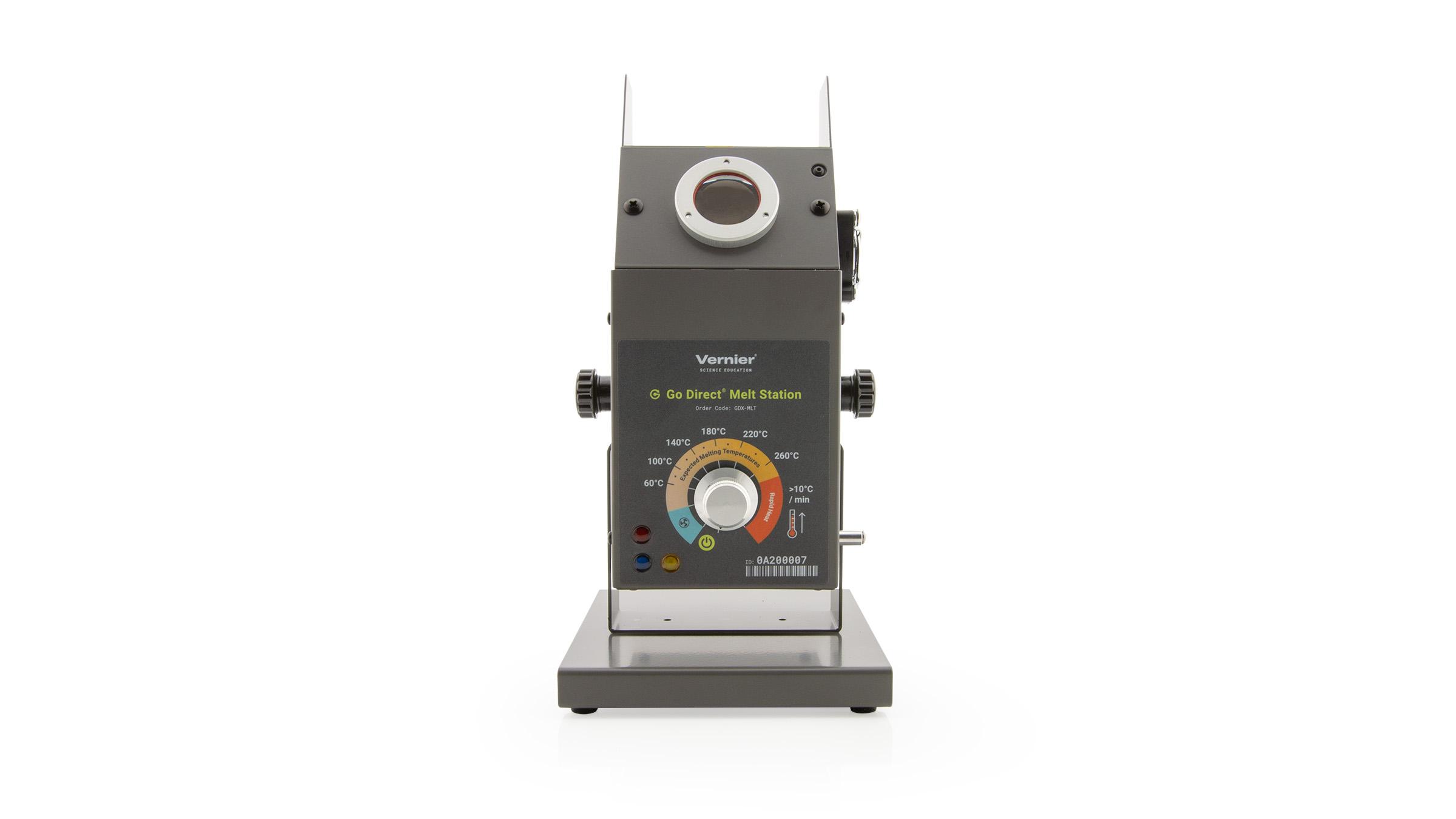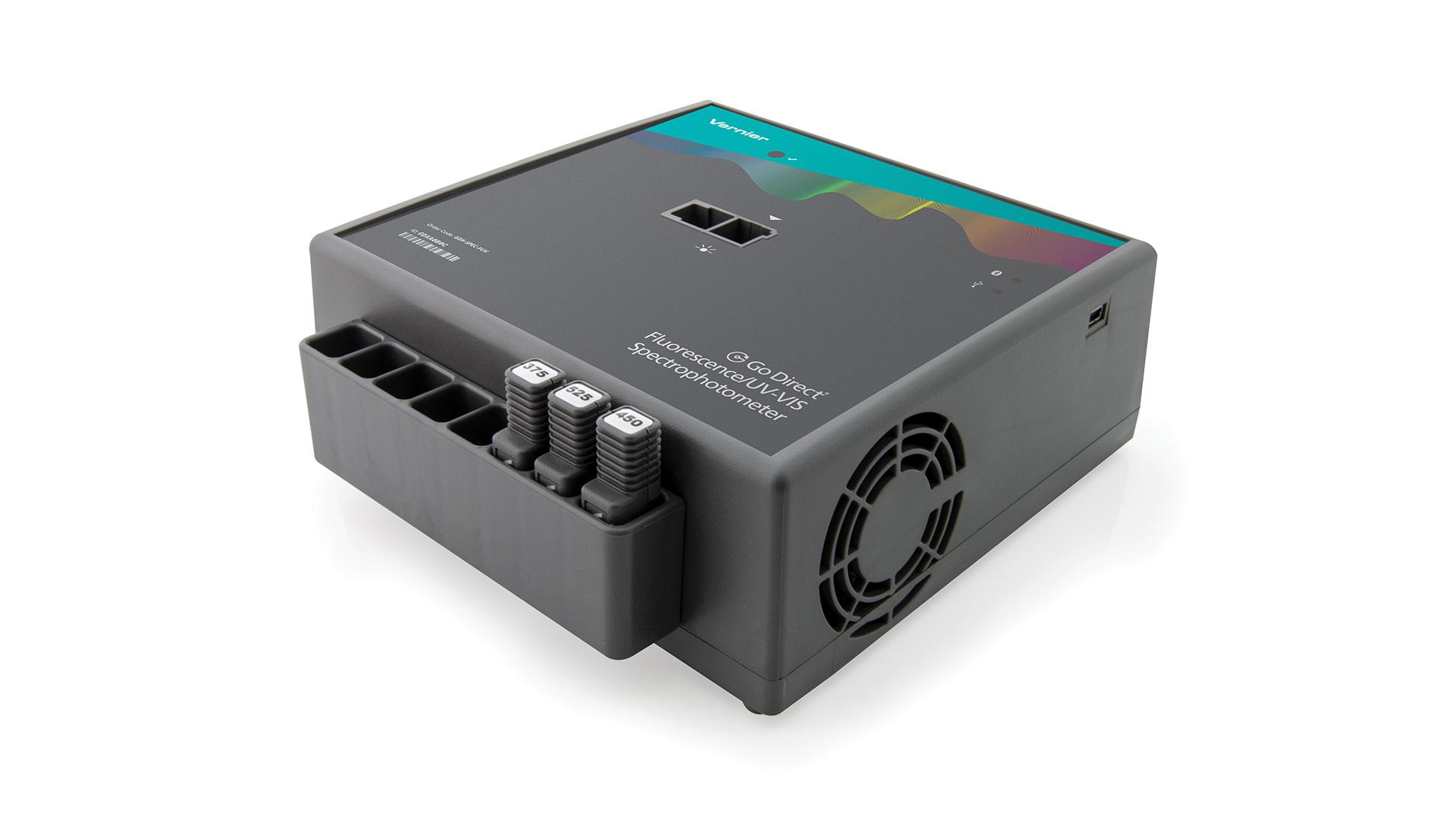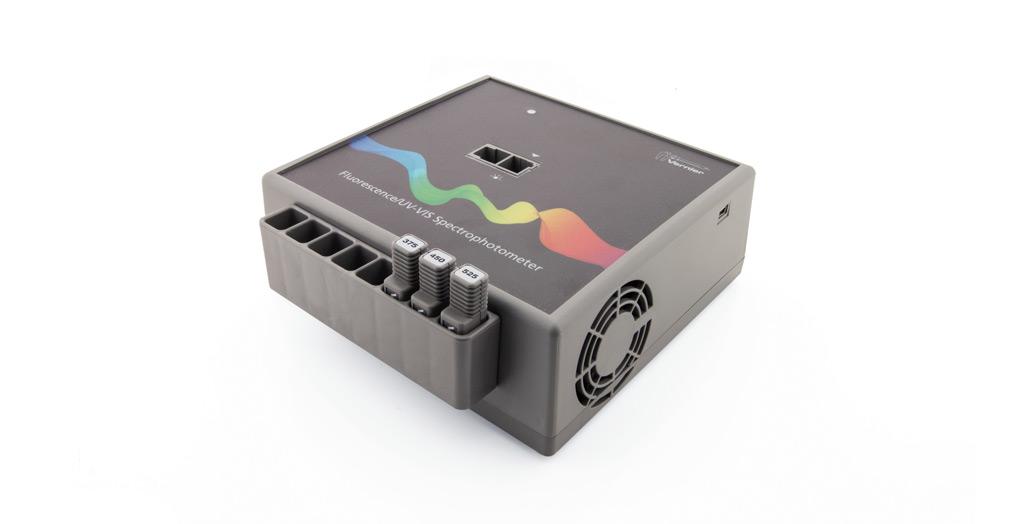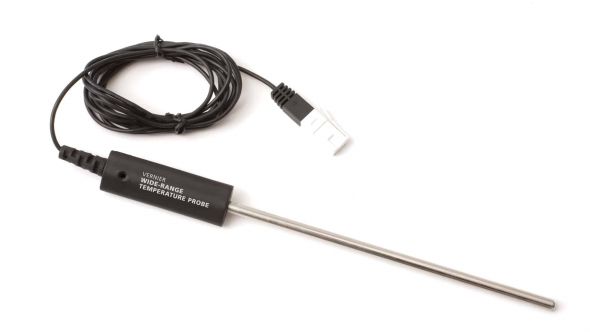The Diels-Alder Reaction of Anthracene with Maleic Anhydride
Experiment #20 from Organic Chemistry with Vernier
- Education Level
- College
Introduction
The Diels-Alder reaction is a member of a class of reactions called cycloadditions. The reaction involves three π bonds, two from the diene and one from the dienophile in a concerted reaction to form a six-membered ring. Since the reaction involves four π electrons in the diene and two π electrons from the dienophile, it is sometimes referred to as a 4 + 2 cycloaddition.
Normal Diels-Alder reactions are favored by electron donating groups on the diene and electron withdrawing groups on the dienophile. The diene must be capable of achieving an s-cis conformation to generate the cis double bond in the cyclohexene product. Acyclic dienes may rotate around a single bond, but dienes locked in the s-trans conformation do not react.
The purpose of this experiment is to form 9,10-dihydroanthracene-9,10-α,β-succinic anhydride by way of a Diels Alder reaction between anthracene and maleic anhydride, as shown in the reaction below. Anthracene acts as the diene and maleic anhydride functions as the dienophile. Xylene (dimethylbenzene) is used as a high boiling temperature solvent so that the reaction will proceed quickly. Melting temperature analysis will be used to characterize the product.
Objectives
In this experiment, you will
- Synthesize 9,10-dihydroanthracene-9,10-α,β-succinic anhydride.
- Isolate the product.
- Measure the melting temperature of your product.
- Characterize the starting material and product via UV absorption and fluorescence.
Sensors and Equipment
This experiment features the following sensors and equipment. Additional equipment may be required.
Option 1



Option 2



Option 3



Ready to Experiment?
Ask an Expert
Get answers to your questions about how to teach this experiment with our support team.
- Call toll-free: 888-837-6437
- Chat with Us
- Email support@vernier.com
Purchase the Lab Book
This experiment is #20 of Organic Chemistry with Vernier. The experiment in the book includes student instructions as well as instructor information for set up, helpful hints, and sample graphs and data.




